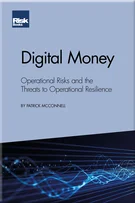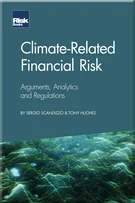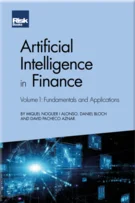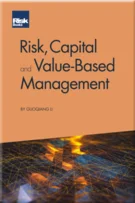The modelling of climate-related financial risk
Acknowledgements
Foreword
Preface
Introduction
Regulator motivation and aims
Scenarios
Two underappreciated climate risk topics: Exposure at default and asset valuation
Assessing the available evidence related to consumer credit risk
The modelling of climate-related financial risk
Credit risk – Probabilities of default models
Climate-related loss given default
Market risk
Liquidity risk
Operational risk
The (limited) power of disclosures
Financial regulators’ climate mandate should be formalised
Where to for climate risk regulation?
Conclusions: Using finance to drive climate solutions
References
INTRODUCTION
The discussion carried out in Part 1 has outlined a number of issues that are routinely overlooked in the supervisors’ approach to climate-related financial risk. One-sided hypotheses in asset valuation, undocumented assumptions on the banking system’s resilience and almost exclusive use of scenario analysis as a means to assess the financial impact are features so common in the current discourse that we have almost stopped noticing them. It is worthwhile then, before looking at the available modelling methodologies, to examine more closely where the prevailing approach comes from and the fundamental relationship between risk assessment and policy objectives.
The recognition of the importance of climate-related financial risks by central banks and financial supervisors has led to the formation of the Network for Greening the Financial System (NGFS) to address these risks. Dealing with physical, transition and liability risks is an emerging concern, and there are challenges in measuring and forecasting them to support effective financial policy interventions. The regulatory response to these challenges has been extensive so far but broadly in line with the prudential
Copyright Infopro Digital Limited. All rights reserved.
As outlined in our terms and conditions, https://www.infopro-digital.com/terms-and-conditions/subscriptions/ (point 2.4), printing is limited to a single copy.
If you would like to purchase additional rights please email info@risk.net
Copyright Infopro Digital Limited. All rights reserved.
You may share this content using our article tools. As outlined in our terms and conditions, https://www.infopro-digital.com/terms-and-conditions/subscriptions/ (clause 2.4), an Authorised User may only make one copy of the materials for their own personal use. You must also comply with the restrictions in clause 2.5.
If you would like to purchase additional rights please email info@risk.net










